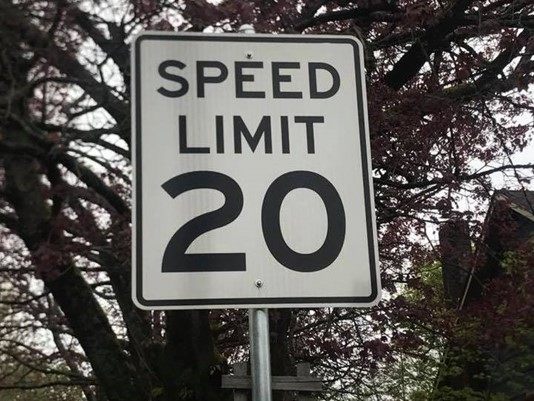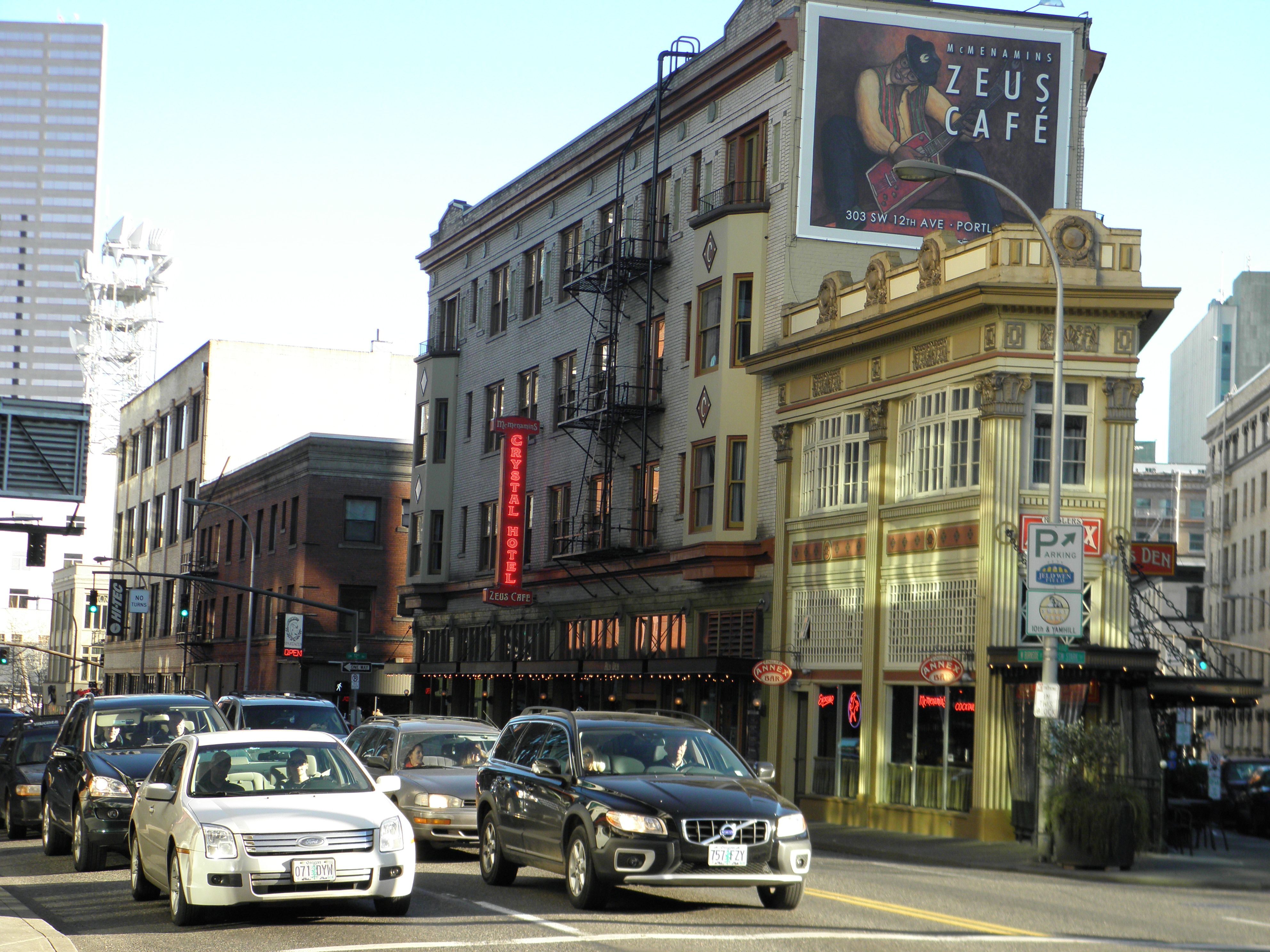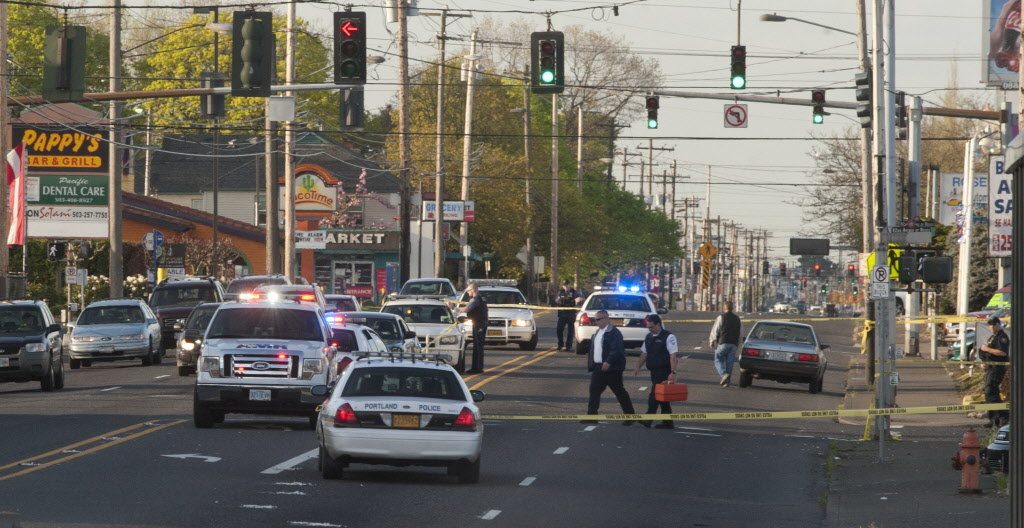
Speed kills in cities, and in Great Britain many cities are considering lowering speed limits within their jurisdictions to save lives and reduce injuries under the banner “20 (miles per hour) is plenty”. Portland Oregon as part of its commitment to eliminate all road deaths by 2025 has adopted the Vision Zero approach, accepting no road deaths as acceptable on their street networks.
Last year the city of Portland Oregon lowered the speed limits on their municipal road system from a default speed of 25 miles per hour to 20 miles per hour, or 32 kilometers per hour. In one year, the results are starting to come in, with a death toll on the roads of 34 people in 2018, a reduction from the 45 lives lost in 2017 before the reduced speeds.
There is sea change in the United States regarding road safety. A University of Chicago poll of 2,000 U.S. residents showed that 60 percent were “were supportive of using speed and red-light cameras as an automated enforcement tool. Sixty-nine percent of those polled said they would support lowering a speed limit by 5 miles per hour if it was justified with crash data.”
Lowering road speeds in cities has a remarkable impact on crash survival rates for vulnerable road users~a pedestrian has a 20 percent survival rate being crashed into at 30 miles per hour. That increases to 70 percent at 25 miles per hour and to 90 percent at 20 miles per hour. In the United States municipal speed limits are set by each state or territory, with the default speed being 25 miles per hour or 40 kilometers per hour.
The cities of Portland and Eugene have been looking at the safety system and Vision Zero approach embraced by European countries like the Netherlands and Sweden in making their cities safer. A “context-sensitive approach that emphasizes safety for vulnerable road users will lead to safer outcomes on streets in urban areas”
As Oregon Live reports Portland’s “triaged” enforcement of the lower speed limit has been concentrated on residential streets near schools and in corridors with a high incidence of accidents. Portland now has authority from the State to install speed cameras. Police are clear that speed enforcement is key in saving lives and identifying “whether a crash occurs and how severe the outcomes of a crash are.”
Bloomberg.com observes that traffic fatalities have increased 14 per cent in the United States in just four years, with an estimated 40,000 a year dying in vehicular crashes. The World Resources Institute dispels myths about drivers and lower speeds. Lower speeds allow drivers to stop within a shorter distance, don’t make a trip longer (that’s a function of intersection frequency) and foster safer communities that allow for vulnerable road user safety. Slower speeds also boosted retail areas. Slower streets with narrower lanes in San Francisco’s Mission District resulted in a 60 percent increase of local retail spending, with an overall 40 percent increase in sales.
“The research is now abundantly clear: Getting drivers to slow down can improve the quality of life for all city dwellers.”














Montreal has lowered speed limits on a lot of roads, including many arterial roads:
https://montreal.ctvnews.ca/montreal-to-reduce-speed-limits-to-improve-pedestrian-safety-1.4331206
As well, I noticed a lot of intersections with advanced pedestrian signals, where turns were restricted when the lights first turn green.